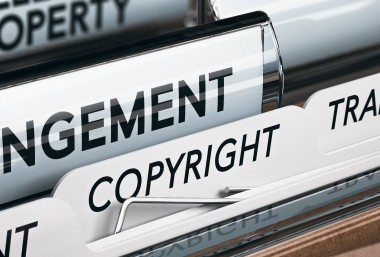On a number of occasions I have recommended in these articles that you register your brands as trade marks both in New Zealand and in your export markets. This is because of the significantly improved legal position registration provides. Indeed in some countries trade mark registration is the only basis for exclusivity over a brand, including common export markets such as Korea and Japan.
But, the benefits derived from registration depend on your registration remaining valid.
The most common validity issue for a trade mark registration arises when the registered mark hasn't been used. If you sue someone for infringement based on a registration that you haven't used for three years, the defendant will nine times out of ten successfully apply for cancellation of your registration, and you will lose the infringement case and your registration as a result.
It follows that, like all tools, a trade mark registration needs to be kept in good condition if it is going to be useful when needed.
To keep a New Zealand trade mark registration in good condition you need to make genuine use of the mark as registered every three years.
If you aren't comfortable that your registration is in good condition, the best option is to file a new trade mark application for the mark, with the aim of securing another three years exclusivity over the mark before the non-use validity issue arises again.
To check whether your trade mark registration tool is still up to the job of protecting your brand we need to ask some questions:
- Is the mark you use the same as the one you have registered?
It doesn't take much of a brand refresh for the brand you're using to no longer match the one on the trade marks register. The result being: use of the refreshed brand no longer supports the validity of your trade mark registration.
The question the court will ask, when assessing whether your brand as used supports the validity of your registration, is whether the marks differ in elements that alter the distinctive character of the trade mark. In other words, are the alterations such that the marks, while similar, are different from each other, or are the differences mere tweaks.
Often a trade marks lawyer can give you a good steer on whether the brand as used supports the validity of your registration. However, in some cases at least some sliver of doubt exists as to what view a court would take on the point. As such, where the brand being used doesn't match that on the trade marks register, the cost effective approach is often to file a new application for the brand as it is being used and/or in plain word form (which covers a word mark in a variety of styles).
An example of a brand refresh which the court found resulted in the new brand not supporting the existing registration is the GOLDENBAKE decision. In that case, the registered mark was the following mark below, and the brand as used the one below that.

![]()
- If you have used the mark as registered in the last three years, was that use genuine use?
Genuine use means use in the market other than token use solely designed to keep a trade mark registration valid and thereby retain the protection registration affords.
Genuine use includes use on the product itself, or in advertising of the product (or service). It also includes applying the trade mark to goods in New Zealand where those goods are to be exported for sale elsewhere.
Whether use is genuine does not turn on the number of products sold. But, where the level of use is low the onus is on the owner of the registration to prove that the use is genuine and the quality of the evidence needs to be high.
As an example, a court is likely to be sceptical that the use of a brand on eleven shirts over three years without any advertising is anything other than an attempt to keep a trade mark registration for the brand valid. In the absence of an explanation for the low level of use the court may well decide that the use doesn't qualify as 'genuine'.
Again, a trade marks lawyer can give you a good steer on whether the evidence of use you have of your registered mark will be seen as genuine use. However, if in doubt, the cost effective approach is often to file a new application for the brand and/or in plain word form (which covers a word mark in a variety of styles).
Because a trade mark registration is a tool that needs to be maintained you should give it a health check regularly. Don't just assume you can pull your trade mark registration out of the shed at any time and it will do its job. If not used it gets blunt with age.
Remember, what you want is to be in the best position, at all times, to defend the hard work you have invested in building your business under your brand. A valid registration is the most cost effective tool with which to do that here, and in some export markets the only tool.
An edited version of this article was published in NZRetail magazine, issue 705